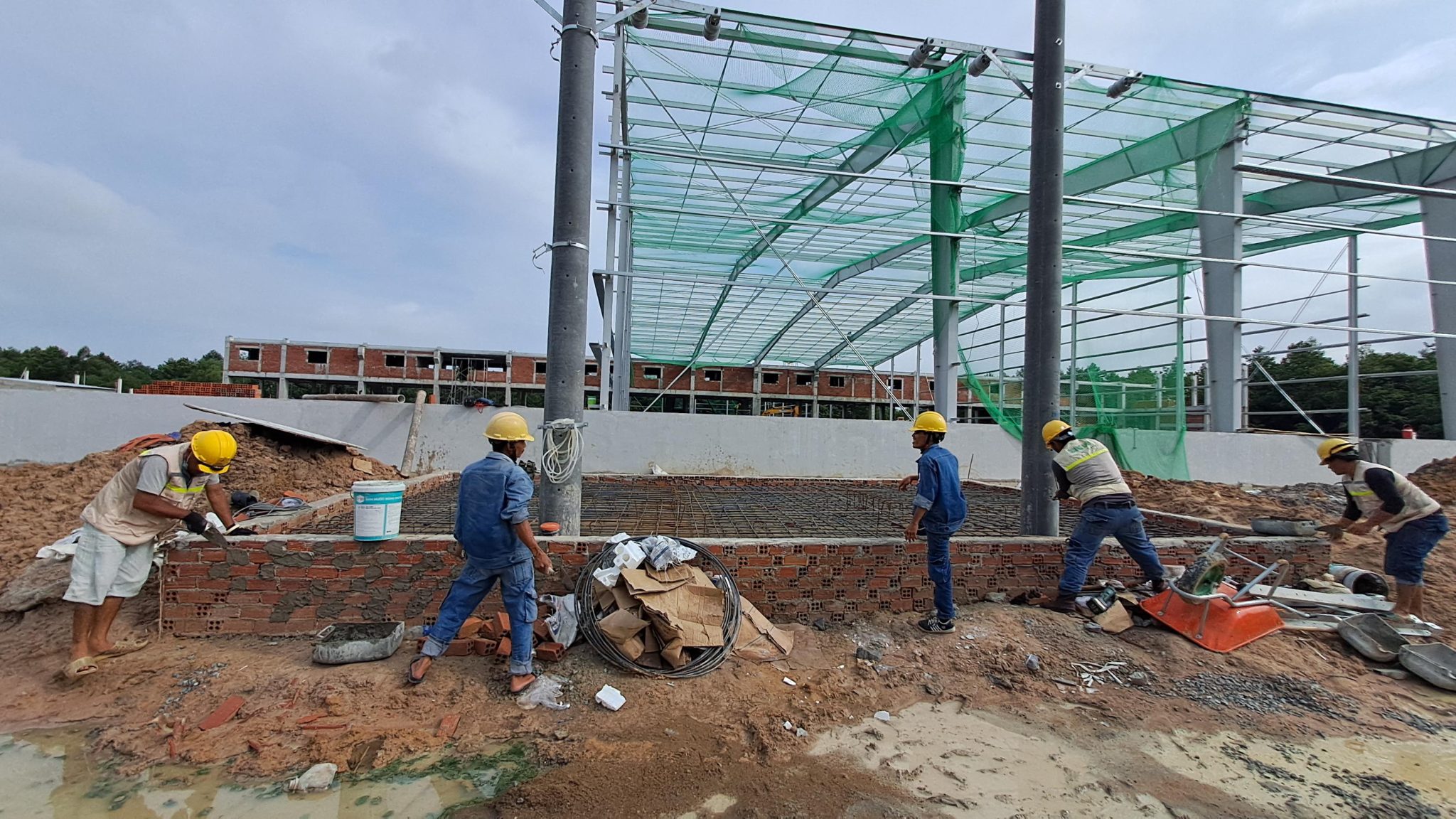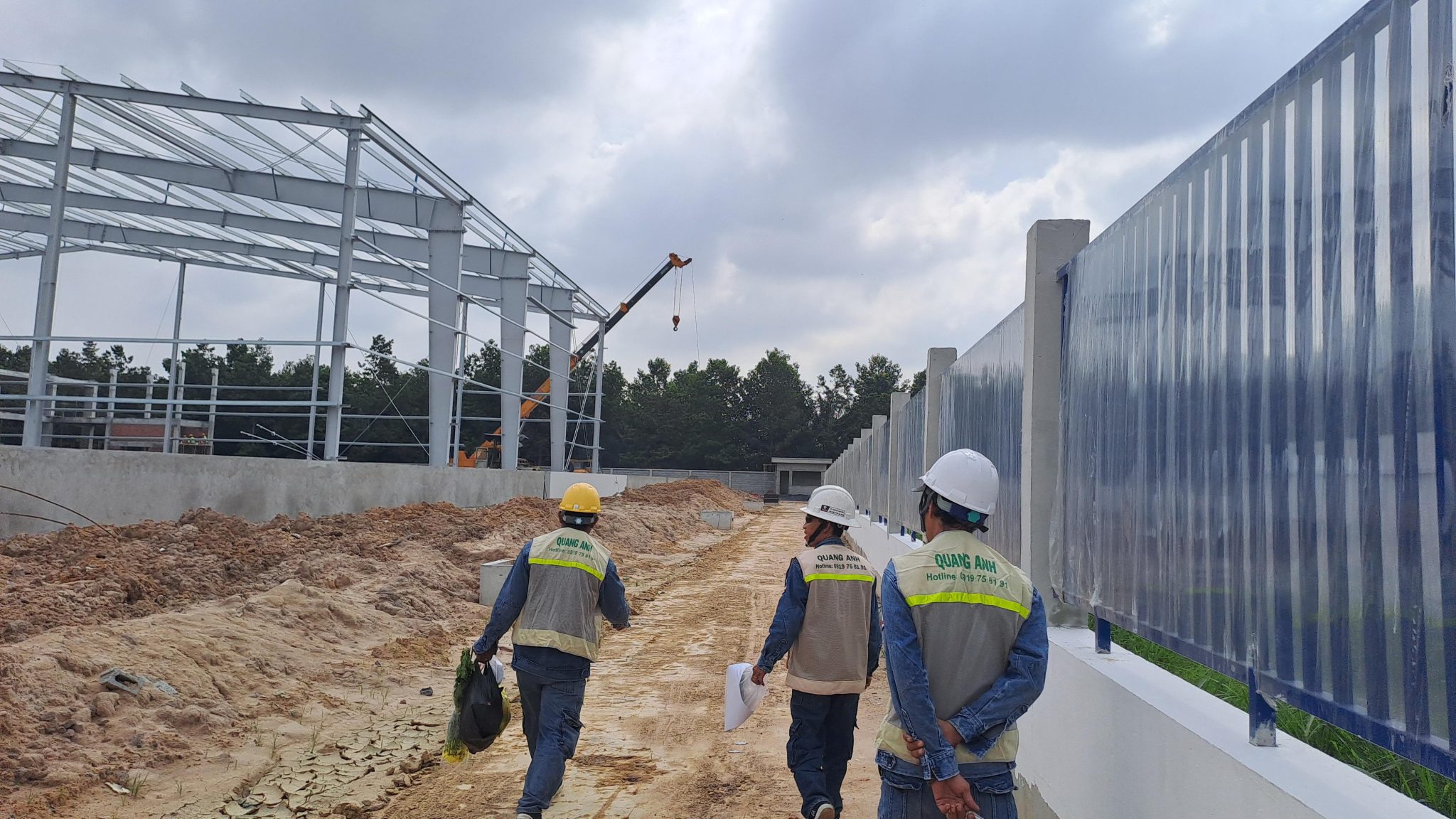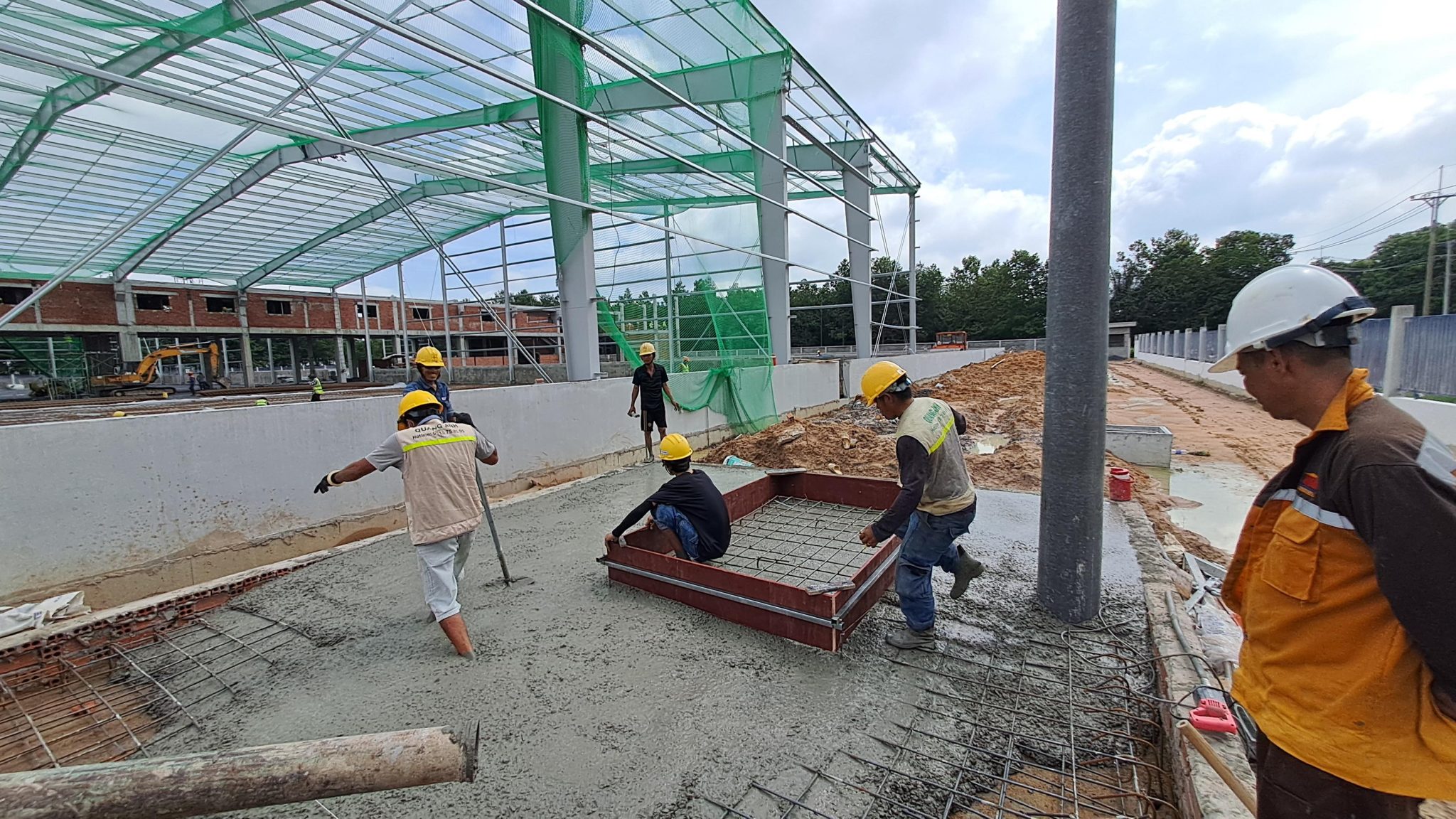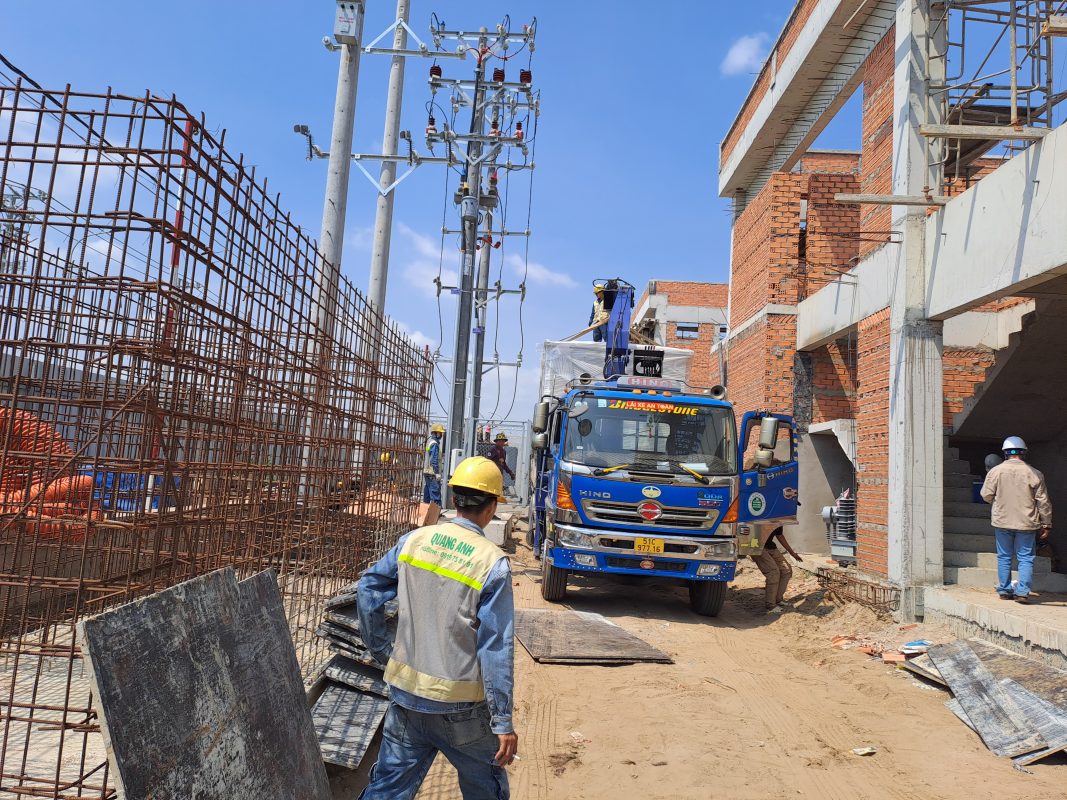Designing electrical systems for factories is crucial, involving planning, designing, and installing electrical systems to ensure both safety and efficiency.
Determining Electrical Load Requirements
Determining electrical load requirements is vital for factory design, helping engineers understand the needed power capacity for various areas. This decides the type of equipment and the number of conductors suitable. Calculations are based on current and future needs to ensure efficient factory operations.
Understanding Load Requirements
Understanding load requirements is essential in factory electrical design to ensure systems operate safely and efficiently, helping choose the right equipment from conductors to transformers from brands like ABB and Schneider.
Importance of Load Calculation
Accurate load calculation is crucial for preventing overloads or undercapacity, vital for avoiding malfunction and extending equipment life.
Methods for Load Calculation
Calculating electrical load can be done using methods like:
- Load Curve Analysis: Visualize power usage over time to find peak demands.
- Usage Basis: Based on device power usage and area function.
- Application of Factors: Use technical factors to determine calculations that align with safety standards.
Example: Calculating Load for Residential Buildings
For example, calculating load for an apartment uses the formula:
[ P{NO} = P{CH} + 0.9P_{DL} ]Where:
- ( P_{CH} ) represents calculated apartment load.
- ( P_{DL} ) is power for utilities like elevators and air conditioning.
Significance of Load Calculation
Accurate load calculation is foundational for stable factory operations. Incorrect calculations increase overload risks, impacting efficiency and safety. Load calculation plays a crucial role in both design and operation phases of an electrical system. Choosing suitable electrical equipment from trusted suppliers such as LS or Eaton heavily depends on this calculation step.

Designing High and Low Voltage Networks
High and low voltage networks are essential in factory electrical systems, with high voltage networks ranging from 35kV to 220kV suited for large factories. Low voltage network design ensures efficient operation through proper control cabinet and conductor layout adhering to standards like TCVN 7447-5-51:2010.
Designing electrical networks, especially high and low voltage networks, ensures safe and stable power supply to various areas, from urban to rural settings. Detailed analysis and application of national and international standards are necessary for optimizing electrical system performance.
High Voltage Network Design
High voltage networks carry high power loads at 35kV–220kV, essential for large industrial needs.
- Objective:: Ensure efficient power transfer from plants to substations.
- Design Process::
- Analyzing Load: Initial calculation and distribution are pivotal.
- Selecting Transmission Method: Depending on terrain, use overhead or underground cables.
- Structural Design: Determining suitable structures to withstand wind and seismic loads.
- Calculating Resistance and Loss: Minimizing transmission losses is crucial.
Low Voltage Network Design
Low voltage networks focus on residential, commercial, and service areas with voltage at 220V/380V.
- Objective: Ensure safe and stable power supply to end-users.
- Design Process::
- Analyzing Power Needs: Assess current usage and predict growth.
- Network Layout: Choosing cables based on environmental and geographical factors.
- Equipment Selection: Optimize transformers, control cabinets, and protection devices from brands like Mitsubishi and Schneider.
- Conductor Section Calculation: Ensure conductors can safely handle loads.
Standards and Regulations
Designs must comply with TCVN standards for safety and efficiency. International IEC standards are also referenced for global compatibility.
Support Tools
- Simulation Software: Specialized software for modeling and calculating network functionality before implementation.
- Technical Consultation: Expert support ensures designs meet all standards.
Thus, designing high and low voltage networks requires careful technical analysis and safety standards to ensure long-lasting and efficient electrical system operations.

Industrial Lighting and Power Compensation Systems
Industrial lighting systems are designed not just to provide sufficient illumination but also to optimize energy use. Additionally, reactive power compensation is necessary to minimize energy losses by distributing reactive power properly, using capacitors to improve efficiency.
Industrial Lighting Systems
Industrial lighting systems play a critical role in ensuring efficient and safe illumination in production spaces and industrial areas, specifically designed for factories, factories, and warehouses, enhancing workflow and product quality.
- High Durability: Designed to withstand harsh environmental conditions like high temperatures, dust, moisture, and vibration.
- High Brightness and Coverage: Utilize industrial LED lights or large-capacity specialized lights for uniform wide-area illumination.
- Energy Efficiency: These devices optimize energy usage while maintaining high output.
- Flexible Installation Heights: Lights can be installed at various heights to suit different factory types.
Industrial lighting designs must adhere to technical standards, preventing glare or dangerous shadows, and employ smart lighting control systems to enhance efficiency.
Power Compensation in Industrial Lighting Systems
Reactive power compensation is key to improving power factor and electrical efficiency in industrial lighting systems. This is especially important for inductive loads like fluorescent and high-pressure lamps.
Benefits of reactive power compensation include:
- Reduced electrical losses by lowering reactive current in the lines.
- Avoidance of penalties due to low power factor from suppliers.
- Extended equipment life and improved electricity utility quality.
- Ensured stable system operation, avoiding unnecessary overloads.
Power compensation solutions typically involve using electrical capacitors, with decisions between fixed or automatic capacitors depending on system needs, installed at crucial points in factory or industrial electrical systems.

Factory electrical design goes beyond safety to optimize operational efficiency and cost-effectiveness. Complying with technical standards helps efficiently manage load, electrical networks, and power compensation, driving production efficiency and protecting investments.
Contact QuangAnhcons at Hotline: +84 9 1975 8191 for in-depth consultation on factory electrical design, ensuring the highest safety and efficiency.
QuangAnhcons specializes in providing factory electrical system design and installation services, ensuring compliance with all technical standards to deliver optimal solutions for clients.


Related Posts
Factory Electrical Systems: Comprehensive Design and Implementation Guide
Discover the detailed and safe process of factory electrical systems design and implementation. [...]
Oct
Blueprints Required for Factory Construction Permits
Discover the necessary blueprints in factory construction permit applications, from floor plans to electrical and [...]
Oct
What Are the Requirements for a Factory Construction Permit? A Comprehensive Guide
Explore the documentation and steps needed to secure a factory construction permit for streamlined project [...]
Oct
Factory Construction Permit Procedures in Vietnam: Essential Guidelines and Documents
Learn the procedures for securing a factory construction permit in Vietnam, focusing on document preparation [...]
Oct
Key Steps in the Factory Construction Process
Discover the essential steps and requirements for building factories. [...]
Oct
Comprehensive Electrical Substation Solutions by Quanganhcons
Discover the cutting-edge electrical substation solutions offered by Quanganhcons for industrial applications. [...]
Oct
Investment Costs for a 1MWp Solar Power System and Influencing Factors
Explore the investment costs for a 1MWp solar power system in Vietnam and the influencing [...]
Sep
QuangAnhcons: Elevating Wind Energy Solutions
Explore QuangAnhcons' leadership in wind energy and renewable solutions in Vietnam. [...]
Sep
Electrical Contractor Strategies at Becamex Industrial Park
Discover the strategic advancements and partnerships of the electrical contractor at Becamex Industrial Park. [...]
Sep
Investment Insights for 1MW Wind Energy in Vietnam: Costs and Opportunities
Discover the detailed analysis of costs and opportunities for investing in 1MW wind energy projects [...]
Sep
Advanced Electrical Installation Solutions by QuangAnhcons
Explore advanced electrical installation solutions and modern technology with QuangAnhcons. [...]
Sep
Enhancing Industrial Electrical Services with Quanganhcons
Discover Quanganhcons' expertise in industrial electrical services, offering efficient and sustainable power systems. [...]
Sep
Comprehensive MEP Solutions by QuangAnhcons: From Design to Maintenance Excellence
Discover optimal MEP solutions with QuangAnhcons, dedicated to excellence from design through maintenance. [...]
Sep
Comprehensive Electromechanical Contracting Solutions by QuangAnhcons
Explore QuangAnhcons' comprehensive services for efficient and safe energy system solutions. [...]
Sep
QuangAnhcons: Empowering Industrial Energy Solutions
Discover how QuangAnhcons delivers optimal industrial EPC solutions. [...]
Sep
Effective Industrial Construction Management and Execution
Optimize your industrial projects from design to execution with our contractor services. [...]
Sep
QuangAnhcons: Pioneers in M&E and Renewable Energy Solutions
Discover QuangAnhcons' innovative M&E services and renewable energy solutions. [...]
Sep
QuangAnhcons: Expertise and Outstanding Services in the Electrical Sector
Discover the unmatched expertise and services of QuangAnhcons, setting superior standards in the electrical contracting [...]
Sep
QuangAnhcons: Innovation and Precision in Industrial Electrical Contracting
Discover QuangAnhcons, a top contractor offering superior electro-mechanical solutions. [...]
Aug
Expert Solutions for 2x2500kVA Substation Projects with QuangAnhCons
Explore QuangAnhCons, a forefront entity in designing and constructing large industrial substations. [...]
Aug